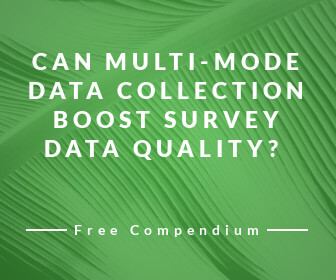A type of price sensitivity model that aims to determine the ideal pricing of a product or service. Sometimes referred to as a “Price Sensitivity Meter,” this model has been in use since the 1970s. The researcher estimates the ideal price range by collecting survey data that measures the following:
-
- Point of marginal cheapness (PMC): Price point where more customers would reject the product due to suspect quality (the sense that a product this inexpensive must not be very good).
- Point of marginal expensiveness (PME): Price point above which the product is considered over-priced for its value.
- Optimum price point (OPP): At this price point, the percentage of customers that consider the product too expensive is the same as those who consider it so low that the quality is suspect.
- Indifference price point (IPP): Point at which the percentage of customers who feel that the product is getting too expensive is equal to the percentage who feel it is at a bargain price.
- Range of acceptable pricing (RAI): The range between the PMC and PME.



